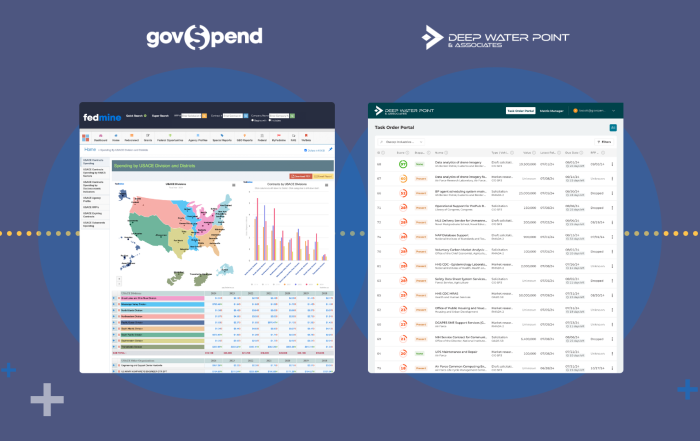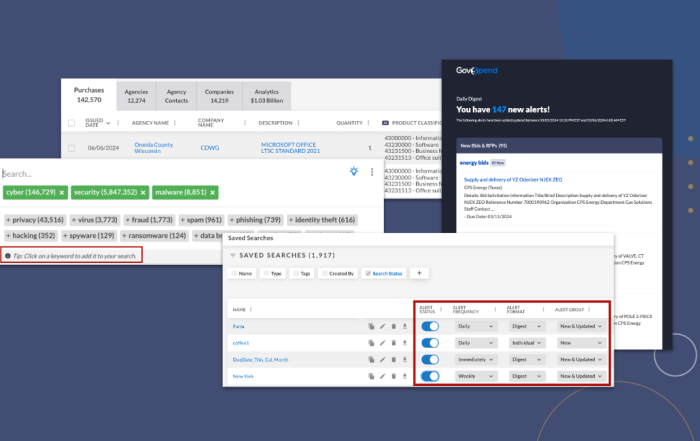
If you’re new to the public sector, you may run into some abbreviations that you’re unfamiliar with. Don’t sweat, though—we’ve compiled a list of the most common codes and broken down their meanings. Getting comfortable with this shorthand will add another tool to your belt, giving you an advantage in winning government business.
Product Service Codes (PSC) – Also referred to as federal supply codes, product service codes are used by the United States government to describe the products, services, and research and development purchased by the government. Government procurement specialists and government contractors alike require a solid understanding of these codes in order to produce quality partnerships between buyers and suppliers.
Federal Supply Class Codes (FSC) – Are used to group products into logical families for management purposes. The four-digit fields are used to group standardization documents and their products into logical families. Similarly, Standardization Areas refer to categories for engineering technologies, disciplines, and practices that do not fall under an FSC.
Standard Industrial Classification (SIC) – is a system for classifying industries by a four-digit code. Established in the United States in 1937, it is used by government agencies to classify industry areas. The SIC system is also used by agencies in other countries, e.g., by the United Kingdom’s Companies House.
North American Industry Classification System (NAICS) – The North American Industry Classification System (NAICS) is used by businesses and governments to classify and measure economic activity in the United States, Canada, and Mexico. NAICS is 6-digit code system that is currently the standard used by federal statistical agencies in classifying establishments (individual business locations). NAICS organizes establishments into industries according to the similarity in the processes used to produce goods or services.
United Nations Standard Products and Services Code (UNSPSC) – is an open, global, multi-sector standard for efficient, accurate classification of products and services. It’s an efficient, accurate and flexible classification system for achieving company-wide visibility of spend analysis, as well as, enabling procurement to deliver on cost-effectiveness demands and allowing full exploitation of electronic commerce capabilities. Encompassing a five-level hierarchical classification codeset, UNSPSC enables expenditure analysis at grouping levels relevant to your needs.
National Institute of Government Purchasing (NIGP) – is a 7-Digit Class-Item-Group commodity codes. The codes should also be used when completing the Government of the District of Columbia, Office of Contracting and Procurement, Purchase Notification (PN) form, referenced at 9(b). The NIGP is a national, membership-based non-profit organization providing support to professionals in the public sector procurement profession.
Commercial and Government Entity (CAGE) – is a five-character ID number used extensively within the federal government, assigned by the Department of Defense’s Defense Logistics Agency (DLA). The CAGE code is used to support a variety of mechanized systems through the government and provides a standardized method of identifying a given legal entity at a specific location. The code may be used for a facility clearance or a pre-award survey.




